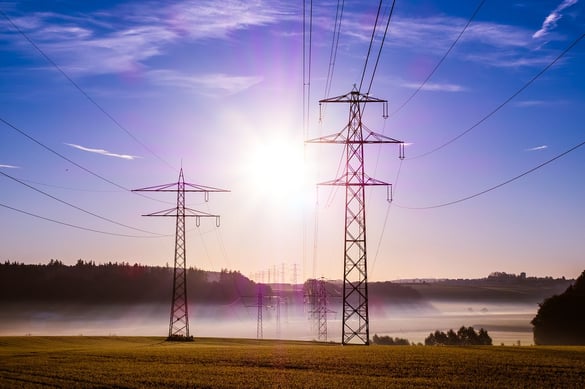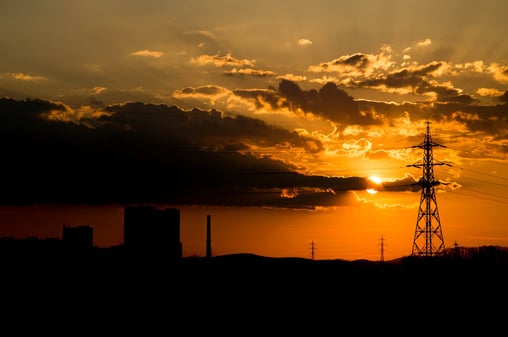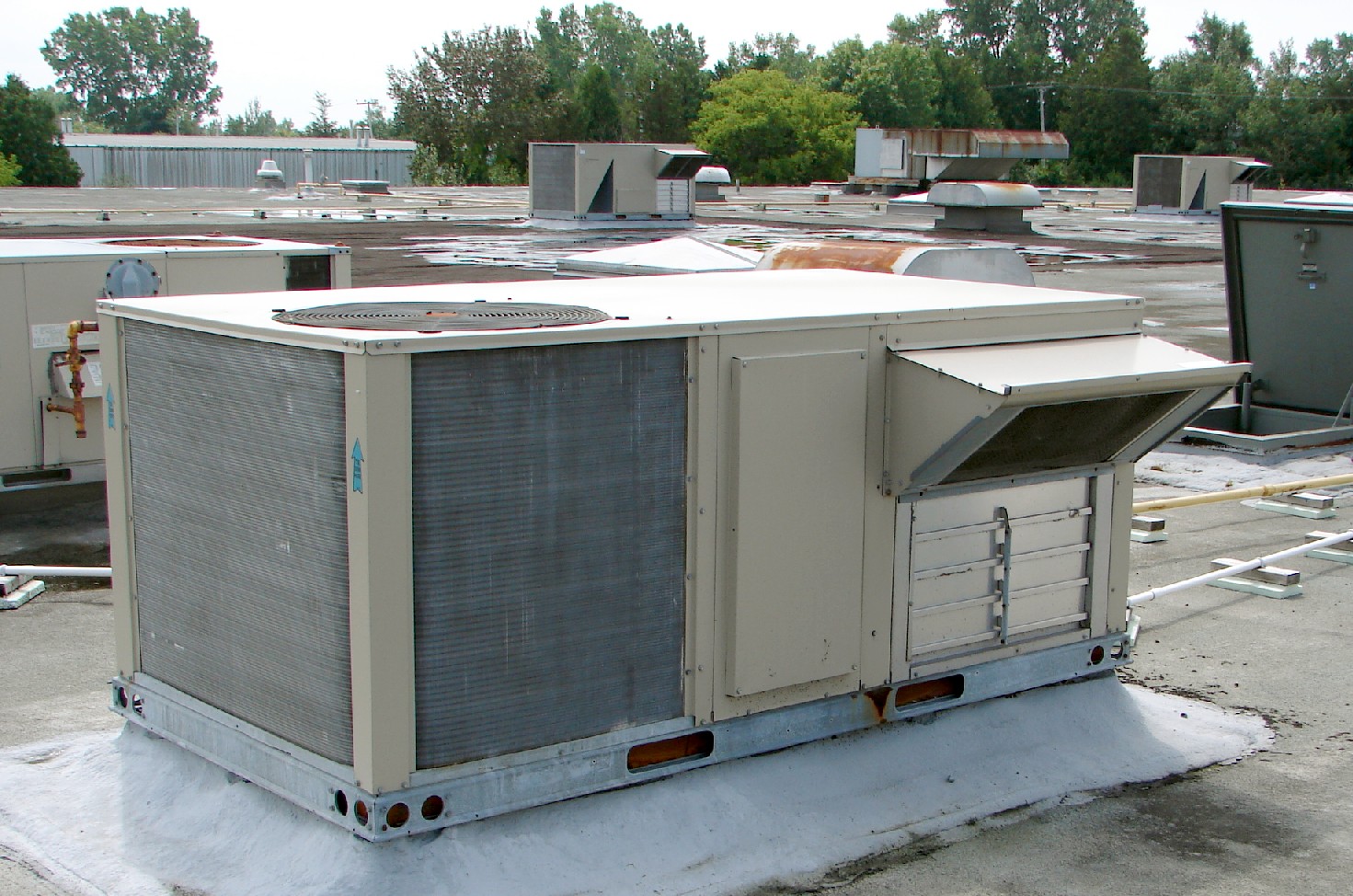On January 25, 2016, the US Supreme Court (SCOTUS) ruled on Federal Energy Regulatory Commission (FERC) v. Electric Power Supply Association (EPSA). The ruling, which was 6-2 in FERC’s favor, is great news for the bright future of a practice which can help grid operators better match electrical grid power supply and demand in real-time, known as Demand Response.

What is Demand Response?
Demand Response is a voluntary program which currently primarily allows participating commercial/industrial electricity consumers (residential programs are coming!) to voluntarily reduce their energy consumption during high demand “peak” periods upon request (automatically or manually), and get paid to do so. In addition to financially benefiting the direct end user participants, demand response also can reduce power prices paid by utilities in high demand periods, as well as reduce the need for costly generation and transmission infrastructure investment—all of which can ultimately benefit ratepayers. The benefits of even a moderate degree of participation in demand response can also provide a high degree of flexibility to grid operators as they attempt to perform the complicated task of matching supply and demand for very large and complex systems with demanding reliability requirements.
The environmental benefits are also significant. First, the generation equipment called online to meet peak demand periods is often the least efficient oil and gas fired equipment available. Second, having some flexibility in demand allows grid operators to accept higher penetration rates of more variable output renewable energy sources.
The Players
For a little background, FERC is an independent federal governmental agency which is organized as part of the department of energy. FERC’s stated mission is to protect public and energy customer interests by, for example, regulating interstate electricity transmission and wholesale markets. The EPSA is an industry organization which represents large (and very large) electric power generating entities with household names (at least for energy wonks).

How Does the Ruling Impact Demand Response?
The recent SCOTUS ruling, with its end result of buoying the future of demand response, specifically supported FERC and their 2012-issued Order 745. This FERC order is important for demand response because it calls for grid operators to treat demand response resources the same as generating resources in the real-time and day-ahead electric power markets (including, importantly, financial compensation). What this means in practice is that during peak periods, the incremental cost paid to providers of additional generating capacity resources (power plants) and to demand response capacity resources (voluntary, manual, or automated load curtailment) is identical. The SCOTUS decision supporting FERC Order 745 is a big win for demand response because it provides a large financial-incentive to drive innovation, investment, and rollout of demand response technologies and programs. As an indication of the significance of this ruling on the future of demand response, one of the most well-known entities in demand response, EnerNOC, experienced a 65% jump in stock price the day the ruling came out.
Conclusion
While as a consumer or business you may not yet get paid to respond to real-time load curtailment requests from your utility, the FERV v. EPSA ruling upholding Order 745 increases the chances that someday soon you may be able to opt in to have your air conditioning automatically work a little less during peak periods and reduce your power bill by a good amount—while at the same time incrementally helping to drive down rates for all ratepayers.
For further reading:
http://www.fercblog.com/ferc-blog-is-your-resource-for-energy-law-and-regulation/


